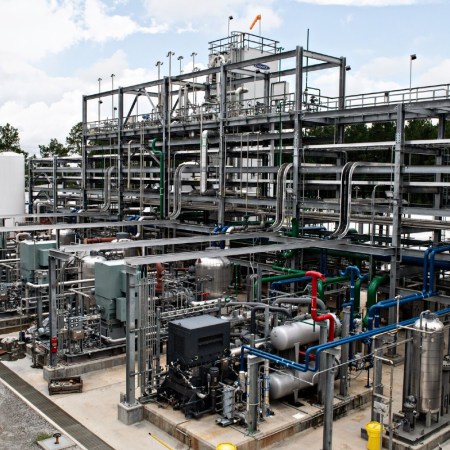Sometimes innovation can come from the most unexpected of places. When discussions of green energy come to mind, the first images that come up are likely technology companies building solar panels, or possibly wind turbines spinning in a field or somewhere in coastal waters. But a new article by Stephanie Bouchard at Smithsonian Magazine explores how a small island town is doing potentially groundbreaking things in that field.
The island in question is Isle au Haut, a small island located off the coast of central Maine. As Bouchard writes, their infrastructure was in dire need of being updated and existed in a tenuous state:
Isle au Haut gets electricity via underwater cable from the mainland, about 7 miles (11 kilometers) away. But that cable, painstakingly installed along the ocean floor by a local lobsterman in 1983, has surpassed its estimated lifespan by almost double and could fail at any time.
The solution they settled on was a solar microgrid, after looking into other options such as wind turbines. That didn’t end the challenges facing the town, however. They also needed to figure out a way to store the accumulated power, and how to account for energy needs that shifted wildly over the course of the year due to the island’s fluctuating population — not surprising, for a coastal Maine town.
The surplus energy is being used to generate hot water, which can be used to keep buildings warm in the colder parts of the year. And the island’s power grid itself will be managed by a state-of-the-art system using artificial intelligence. You might not expect such a small town to be on the cutting edge of technology — but that’s exactly what’s happening here.
Subscribe here for our free daily newsletter.
Thanks for reading InsideHook. Sign up for our daily newsletter and be in the know.


















